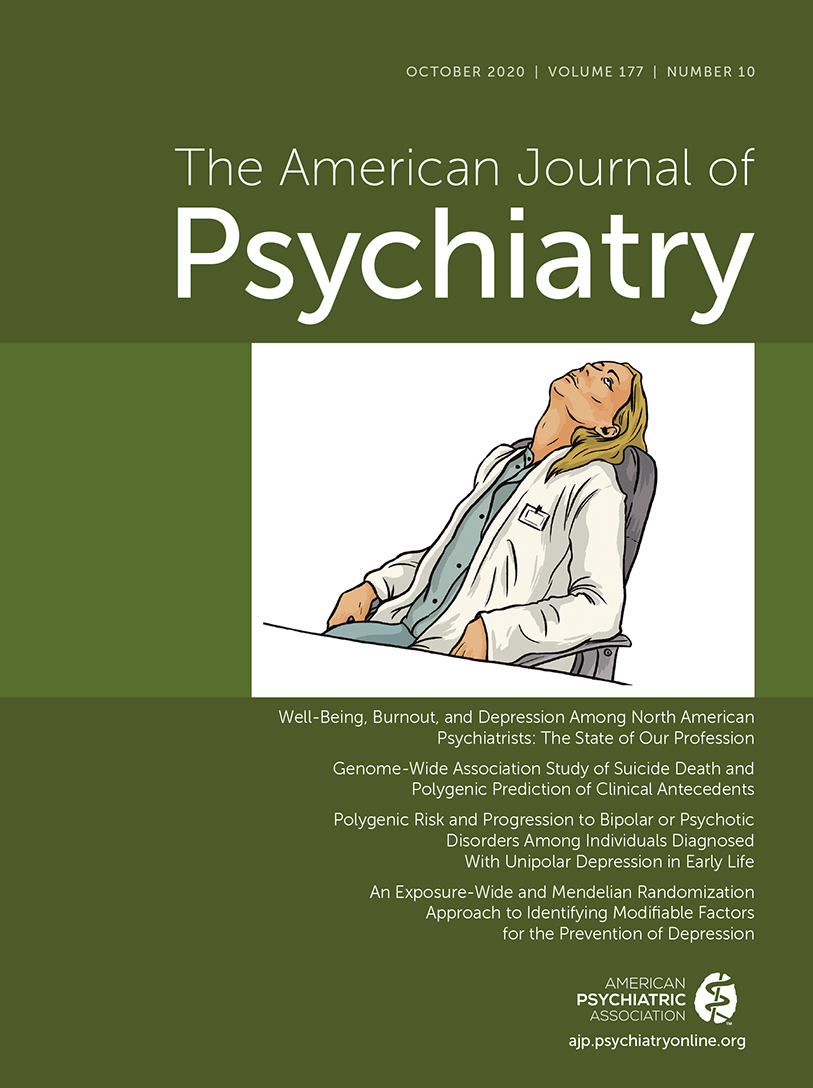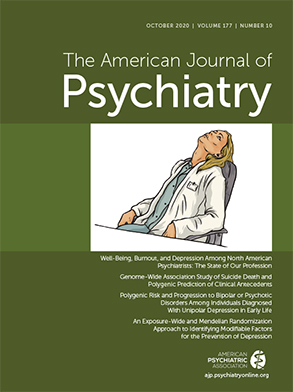A Brain-Centric Model of Suicidal Behavior

Pathways to Suicidal Behavior: a Stress-Diathesis Model
Genetic and Epigenetic Causes of the Diathesis in the Stress-Diathesis Model
Neurobiological Correlates of Suicide Risk–Related Diathesis Traits
Neural Circuitry of Suicidal Behavior and Suicidal Ideation
Structural Brain Findings.
Functional Brain Activity and Connectivity.
Neurotransmitter Systems.
Stress Response Systems
Neurotrophic and Apoptotic Pathways
Neuroinflammation
Stress-Diathesis-Model-Informed Suicide Prevention
Stressors and Prevention
Diathesis and Prevention
Pharmacotherapy.
Psychotherapy.
Brief Interventions and Active Postdischarge Outreach in the Emergency Department or From Inpatient Units
Restriction of Lethal Means
The Future of Research and Suicide Prevention
Suicide as a Distinct Mental Disorder
Real-Time Monitoring of Acute Suicidal Crisis
Implicit Cognitions and Neuroimaging for Suicide Risk Detection
Medication and Neuromodulation
Conclusions
Acknowledgments
References
Information & Authors
Information
Published In
History
Keywords
Authors
Funding Information
Metrics & Citations
Metrics
Citations
Export Citations
If you have the appropriate software installed, you can download article citation data to the citation manager of your choice. Simply select your manager software from the list below and click Download.
For more information or tips please see 'Downloading to a citation manager' in the Help menu.
View Options
View options
PDF/EPUB
View PDF/EPUBLogin options
Already a subscriber? Access your subscription through your login credentials or your institution for full access to this article.
Personal login Institutional Login Open Athens loginNot a subscriber?
PsychiatryOnline subscription options offer access to the DSM-5-TR® library, books, journals, CME, and patient resources. This all-in-one virtual library provides psychiatrists and mental health professionals with key resources for diagnosis, treatment, research, and professional development.
Need more help? PsychiatryOnline Customer Service may be reached by emailing [email protected] or by calling 800-368-5777 (in the U.S.) or 703-907-7322 (outside the U.S.).

